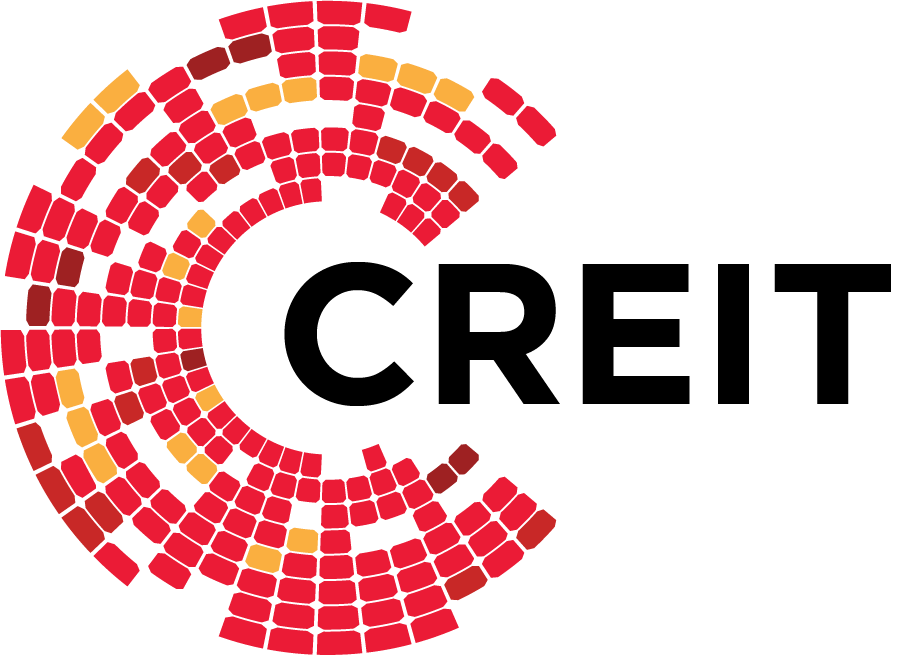Investors today have already heard of stocks and bonds, time deposits, and hedge funds. These are the commonly known sources of income that come with varying degrees of risk each. In line with this, real estate has long been considered a cornerstone of wealth building. However, the idea of directly owning property can be daunting for many investors.
Enter real estate investment trust (REIT), a powerful yet accessible way to invest in real estate without the hassle of property management. In this article, we’ll explore what a real estate investment trust is, the different types of REITs, who can invest in them, and why they might be a smart addition to your portfolio. Read on!
Related Article:
Real Estate Investment in the Philippines: An Avenue Toward Wealth Success
What is a Real Estate Investment Trust (REIT)?
A real estate investment trust, or REIT for short, is a type of company that finances and operates real estate across different property sectors. These range from high-rise offices to apartment buildings and warehouses, as well as retail centers and medical facilities. These types of investments give potential investors the opportunity to generate income without the need of buying, managing or financing the property by themselves.
Generally, REITs do not purchase real estate and resell. Instead, they develop the purchased lands and add them to their ever-growing investment portfolio. Investors profit from a share of the overall income produced, without the hassle of buying plots of land themselves.
What are the Different Types of REITs?
Equity REITs
This type of REIT does not follow the tried-and-tested buy-and-sell methods of real estate. Instead, it focuses on generating revenue by leasing out property and collecting rent. Four sub categories that fall under this type of REIT are retail, residential, medical, and office REITs.
Mortgage REITs
Mortgage REITs, or mREITs, generate profit by purchasing mortgages from lenders, or by offering it or originating it themselves. From there, they collect the interest from the mortgage-backed securities on each commercial real estate property they have mortgaged out.
Hybrid REITs
This type of REIT was formulated in an attempt to significantly increase dividend yields by combining multiple strategies together. However, a financial crisis that hit the market between the years 2007 and 2008 quickly put those ambitions to rest. Nowadays, REITs have become even more specialized so hybridizing them has become less ideal.
Related News:
CREIT sustains growth trajectory with 15% revenue increase for first half of 2024

Why Invest in Real Estate Investment Trusts
After comparing historical data, it has been found that REITs have had high returns, which is based on a significant and steady growth of dividend income, alongside appreciation of the real estate properties or capital. Consequently, they are one of the best performing assets to add to your portfolio as an investor.
One other significant reason investors should give attention to REITs is that, by law, they are mandated to pay out 90% of their taxable income to shareholders as dividends. This poses a considerable advantage over the dividend payouts found in the stock market.
How to Start Investing in REITs?
Getting started is a simple process. Interested investors need only open a trading or brokerage account. After completing that, they will now be able to buy and sell REITs, a process not too different from regular stocks.
Possible Challenges of Investing in REITS
All investments carry risks in some shape or form, and REITs are no different in that regard. However, they do carry significant advantages that can be a boon for individual investors. Here are some advantages and disadvantages of investing in REITs:
Advantages of Investing in REITs
1. Your dividends or income from returns are steady.
As noted above, REITs are required to release a minimum amount of 90% of its total annual income as dividend yields to its shareholders, thereby providing a stable flow of income.
2. Returns are generally higher compared to other investment options.
Since investors receive a minimum of 90% in dividends, returns generally end up higher when pitted against traditional stocks.
3. REITs are liquid in nature.
REITS can be bought and sold much easier and much faster compared to actual commercial or residential properties.
4. REITs have a lower volatility ratio compared to traditional stocks.
They have a lower volatility since they are not tied to the stock market in the traditional way that we see stock values rise and plummet. The larger dividend yields allow more breathing room and may end up providing a hedge to help protect other assets.
5. They diversify your portfolio.
There are many types of REITs, each with a different risk level, and the diversity of options allows investors some leeway to select, whether they are the risk averse or risk seeking type of investor.
Disadvantages of Investing in REITs
1. It is a debt-heavy type of investment.
For example, mREITs are debt-heavy in that the property has been mortgaged out, which might worry some investors and cause them to have cold feet. However, this has been mitigated through the use of long-term contracts meant to ensure that payouts will still be processed regardless.
2. Growth rate is lower over time compared to other investment options.
Since the dividend yield is so high, it takes a lot of time to replenish capital once payouts have been processed, and REITs might not be able to purchase more property at the pace they envision.
3. It is partially reliant on interest rates.
Since REITs generate income through debt, interest rates can have a significant effect on their prices.
4. REITs have a higher tax rate compared to other dividends.
Despite having certain tax benefits, dividend yields from REITs are considered taxable income and it is possible to incur a surprising tax bill if investors do not do their due diligence.
5. Risk level varies greatly depending on specific property types.
REITs might specialize in certain types that might not be suitable for you, and that lack of control is something that cannot be changed as an investor, so being careful and choosing a REIT that is diverse enough is a must.

Who Can Invest in REITs?
REITs are accessible to a wide range of investors. Here’s a breakdown of who can invest in them:
- • Individual Investors: These include retail investors who have a brokerage account to buy shares of publicly traded REITs; and accredited investors who can invest in private REITs that require specific income or net worth thresholds.
- • Institutional Investors: Institutional investors are comprised of mutual funds and exchange-traded funds, pension funds, and endowments and foundations.
- • Real Estate Professionals: Real estate developers, brokers, or agents may invest in REITs to diversify their investment portfolios or gain exposure to different types of properties.
Things to Consider Before Investing in REITs
If real estate investment trusts have piqued your interest to the point of you wanting to try things out, be sure to take note of the following factors to consider before investing:
1. Consider the risks.
As stated earlier, the dividend payout rates may have capped its minimum at 90%, but that does not come with assurances that the income of the REIT you have invested in will generate high profit. Rental income from hotels and apartments may plummet due to political or socioeconomic issues. Debtors might fall short and fail to pay the mortgage on time. A lot of factors like these come into play, though risk can still be mitigated through careful discernment and research regarding which REIT to invest in.
2. Be aware of your REIT’s volatility.
Owing to a REIT’s tradability, or ability to be bought and sold as easily as clicking a button, they are volatile by nature. Therefore, prices will fluctuate, almost to the point of unpredictability at certain points on the graph. It is also largely affected by the overall market’s perception of it at any given point in time.
3. Take note of a property’s occupancy ratio.
Before investing in a commercial REIT such as a hotel or apartment building, make sure to do due diligence and check up on the property’s occupancy ratio, which will tell you exactly how much of the property you invested is being leased out, and how much is vacant and not generating any income.

Build Your REIT Portfolio with Citicore Energy REIT Corp.
What better way to test the waters and start investing than by starting with an asset that focuses on clean and green energy generation? CREIT is the first renewable energy real estate investment trust and the largest renewable energy landlord established in the Philippines.
The possibilities of renewable energy are limitless, and investing in green energy has a lower amount of risk compared to traditional existing investments. What are you waiting for? Empower your investments and create a positive impact on nature and our communities. Choose CREIT today.


